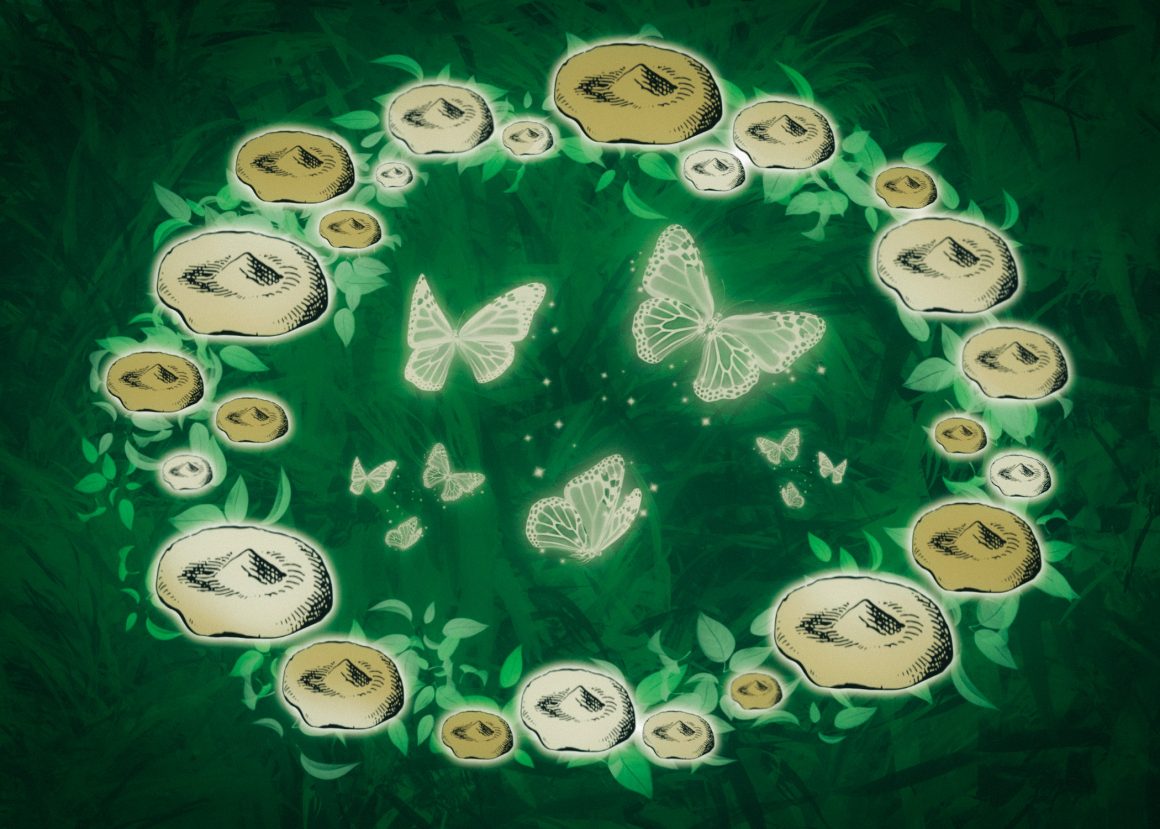
Fairy circles might not be as elusive as once thought
By Leonie O’Sullivan, October 24 2023—
Fairy circles (FCs) were first described in the scientific literature in 1971 and have continued to puzzle scientists ever since. These magical landmarks are defined as circular, barren gaps in grassland found in dry regions. The exact cause of these circles is a big question fuelling a scientific debate. Their name suggests that initially, locals may have wondered if fairies were creating these rings at night. Nowadays, scientists have a few competing theories, varying from termite nests to biochemicals. Scientists needed to learn more information to help settle the debate.
Researchers from the University of Alicante in Spain published their findings in The Proceedings of the National Academy of Sciences (PNAS). They collected high-resolution satellite images of 574,799 plots from Bing Maps, each covering an area of about 10,000 square metres or a hectare. They wanted to quantify the number of global FC sites and determine their locations. Instead of manually sifting through almost 600 thousand images, they used deep learning to identify which plots contained fairy circles. Deep learning works by teaching a computer what an FC looks like by showing it lots of pictures of FCs. Then, the computer can analyze thousands of new images and highlight the ones containing FCs.
Prior to this work, scientists had only identified FCs in Western Australia and Namibia. This new analysis revealed 263 locations in 15 countries, including Madagascar, Saudi Arabia and Western Sahara. To learn more about their causes, they compared several factors, from insects to sandy soil, to elucidate the root cause of these structures.
The authors turned to machine learning methods to identify strong links between FC emergence and environmental factors. They could then identify which factors could predict FCs. Some of the most critical factors were dry climates, high temperatures and high precipitation seasonality. They also used the satellite imagery to assess vegetation productivity. Ecosystems with FC-like vegetation patterns had higher production stability over the 2000–2017 period. More research will be needed to uncover the underlying mechanisms.
There has been a lot of backlash from the scientific community after this September PNAS study was published. Stephan Getzin, an ecologist at the University of Göttingen in Germany, told CNN that the classification of what a FC is in this study is imprecise and that the newly identified FCs are not ordered enough to meet the seemingly elite classification. Walter Tschinkel, a biologist at Florida State University, agreed with this statement. Michael Cramer, an ecophysiologist at the University of Cape Town, spoke with the New York Times on the issue.
“Unfortunately, the only guardians of the term ‘fairy circle’ are self-appointed,” Cramer said.
There is no universally accepted FC definition. However, Getzin published their definition of an FC in the Journal of Vegetation Science in 2021. They outlined that FCs must meet three different criteria. The first requirement is empty gaps in grassland without a central insect nest. The second is a spatially periodic hexagonal pattern, and the final criterion is a high regional distribution in a narrow, arid climate.
Whether or not these new identifications are truly FCs remains hotly debated. Regardless, the work beautifully demonstrates the power of artificial intelligence tools for efficiently surveying enormous land areas. More research will be needed to reach a consensus on these environmentally important landmarks. You can watch this Google Earth video to grasp the magnitude of the number of potentially new FC locations.
